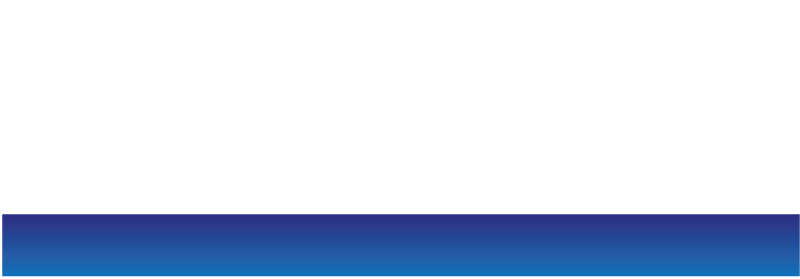Rotating Universal Radiometer - RUR
The capability to penetrate and characterize clouds is what
differentiates microwave radiometers from other measurement methods, such as
infrared or laser (optical) measurements.
Dual-polarization measurements might be seen as redundant; however,
these measurements reduces observational noise, are useful for radio-frequency
interference (RFI) detection, and support retrievals within an RFI-congested
environment. They can also be used as a quality indicator of the radiometer
receivers’ proper operation.
The plots of temperature and humidity retrievals up to 500 m and up to 6 km are
shown for illustration of the RUR capabilities. The two hyperspectral RUR
variation are shown, one operating up to 220 GHz and the second up to
~600 GHz, and their observational capabilities are compared to the
commercially available radiometer, such as MP-3000A from Radiometrics
Corporation, or HATPRO from Radiometer Physics, GmbH. These are functionally essentially
the same ground-based radiometers. The retrieval up to 500 m shows an advantage of hyperspectral
sensors. Both variants measure the temperature and humidity profiles
with much better accuracy and precision than commercially available sensors.
They also follow the inversion accurately.
Plot up to 6 km altitude above the sensor shows that
the commercially available sensor does not have the capability to resolve the
temperature and humidity profile accurately. The hyperspectral sensor with
channels up to 600 GHz provides the most accurate retrieval for both the
temperature and humidity profile.
These retrievals are for the clear air conditions. The
advantage of the hyperspectral sensors is more pronounced in the complex
atmosphere that includes clouds and precipitation.
With the availability of low-frequency observations (i.e.,
< 20 GHz) from the RUR, applications related to accurately monitoring of
water fluxes in soil and vegetation are feasible. High-speed, multi-angle
measurements make it possible to simultaneously differentiate between
vegetation and soil water content and correct for atmospheric contributions. A
recent study using aircraft observations over the United States revealed that
soil moisture retrievals from multi-angle observations showed strong potential.
In the plot below the well-established 9-km soil moisture product based on
single-angle L-band observations from NASA’s dedicated Soil Moisture Active
Passive (SMAP) mission was compared to multi-angle retrievals from Advanced
Microwave Precipitation Radiometer (AMPR) observations from an aircraft. In the
plot two flights in October 2024 over Texas and Oklahoma were analyzed and
showed a strong similarity (R2=0.81). The higher variability in AMPR
soil moisture is primarily due to the higher spatial resolution of this
instrument.


)
)
)
)
)
)